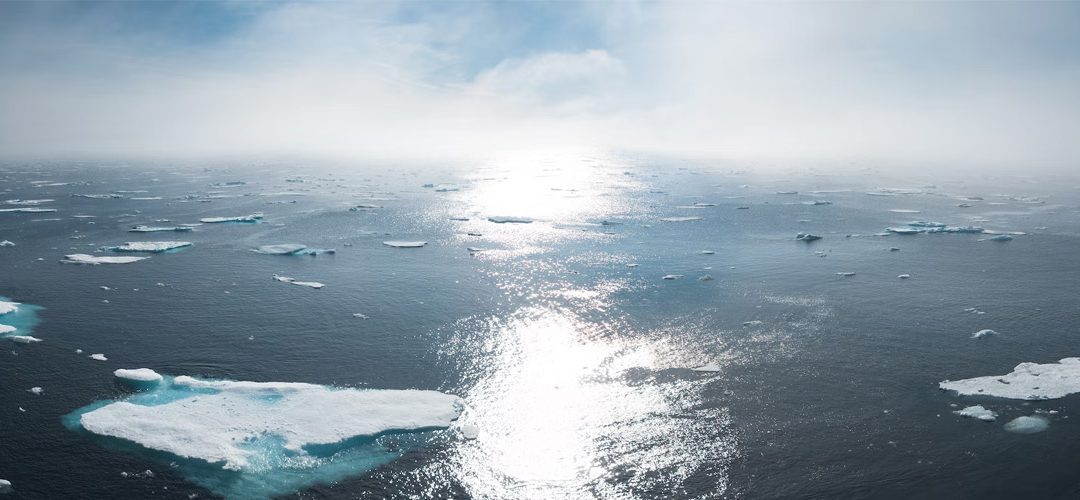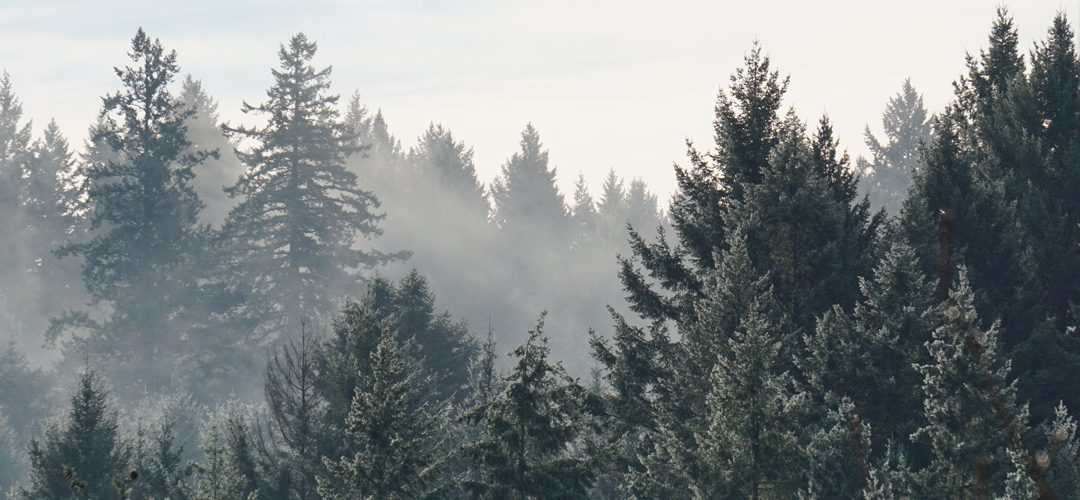President Re-Upped
It is another three years for Garnett S. Stokes at the helm of The University...


University of New Mexico researchers have found that, taken as a share of the market price, the climate change impacts of mining the digital cryptocurrency Bitcoin are more comparable to the impacts of extracting and refining crude oil than mining gold. In an analysis published in Scientific Reports the authors suggest that rather than being considered akin to ‘digital gold,’ Bitcoin should instead be compared to much more energy-intensive products, such as beef, natural gas and crude oil.
“We find no evidence that Bitcoin mining is becoming more sustainable over time,” said Benjamin A. Jones, associate professor in the Department of Economics. “Rather, our results suggest the opposite: Bitcoin mining is becoming dirtier and more damaging to the climate over time. In short, Bitcoin’s environmental footprint is moving in the wrong direction.”
It is another three years for Garnett S. Stokes at the helm of The University...
Diné filmaker Shaandiin Tome turns her lens to native people…
Read MoreUNM Alum expands on her father’s literary legacy…
Read MoreUNM’s second-largest college is poised to move onto Central Avenue…
Read MoreTriple alumna followed her dream from Vietnam to a doctor of nursing…
Read MoreNASA’s newly employed James Webb Space Telescope is reaching ever deeper…
Read MoreWhen I was in high school, my family relocated to Rio Rancho…
Read More


New research by University of New Mexico biologist Felisa Smith has identified profound impacts from the loss of large-bodied mammals – or megafauna – in ecosystems. Smith and her colleagues recently published their findings in the Proceedings of the National Academy of Sciences. In the research, Smith and her team looked to the past to gain clues about the future of large mammals, like elephants and rhinoceros, which are declining at an alarming rate.
“The conservation status of large-bodied mammals on Earth today is dire,” Smith says. “Their decline has serious consequences because they have unique ecological roles. But this sort of biodiversity loss has happened before. Humans entering the Americas at the terminal Pleistocene around 13,000 years ago caused a widespread extinction of the large-bodied mammals present then through some of the same activities that endanger mammals today. Here, we use the fossil record of this earlier extinction to explore what happened afterwards to the surviving mammals.”
It is another three years for Garnett S. Stokes at the helm of The University...


The picture of a future clouded by climate change is getting clearer, thanks to a project led by Deborah Sulsky, professor emerita in the UNM Department of Mathematics & Statistics. Sulsky leads a team that has been awarded a five-year $3.3 million grant as part of the U.S. Department of Energy’s efforts to improve its Energy Exascale Earth System Model (E3SM).
The collaborative project, titled Improved Coupled Climate Simulations in E3SM Through Enhanced Sea‐Ice Mechanics, includes researchers from Sandia National Laboratories, Los Alamos National Laboratory, Rensselaer Polytechnic Institute and the University of Nebraska. It’s one of seven projects to get a share of the DOE’s $70 million funding. Sulsky hopes to develop a better method for gauging the effects of sea ice as a step toward a more accurate climate change predictive model.
It is another three years for Garnett S. Stokes at the helm of The University...


The survival rate of conifer seedlings planted after wildfires in the arid Southwest is typically low.
A team of scientists at The University of New Mexico is looking at how climate and topographic, biotic and microclimate factors affect the success of reforestation, a critical component of ongoing forest health, according to Christopher Marsh, a research assistant professor in UNM’s Department of Biology, and author of the paper , Planted seedling survival in a post-wildfire landscape: from experimental planting to predictive probabilistic surfaces, published in the journal Forest Ecology and Management.
“Across the Southwest, and particularly here in New Mexico, in recent years we have experienced several high-severity wildfires, and they’re getting larger, as we saw with the Hermits Peak and Calf Canyon fires earlier this year,” Marsh said. “The really big areas of high-severity heat will not have seeds for trees to regenerate.”
A team led by Marsh and doctoral candidate Joseph Crockett planted 2,000 ponderosa pine, piñon, Southwestern white pine and Douglas-fir tree seedlings in the footprint of the 2011 Las Conchas fire in northern New Mexico. The seedlings were planted in 2016 and 2017 and monitored over a three-year period, along with microclimate data, such as air temperature at the height of the seedlings.
They found that topographical features that help reduce the amount of solar radiation, such as north-facing slopes, and those that tend to aggregate water, such as depressions in the ground, led to increased survival.
It is another three years for Garnett S. Stokes at the helm of The University...


Enrollment numbers increased at The University of New Mexico for Fall 2022. Total enrollment at UNM stands at 21,982 students, an increase of 1.6 percent compared with last year. This is the first increase in total enrollment since 2012, reversing several years of declines.
Several key categories reflect continued increases and forward momentum at New Mexico’s flagship university for the 2022-23 academic year, according to figures that are not official until submitted to the state. The fall term began on Aug. 22.
The fall freshman class grew by 14 percent for Fall 2022, increasing for the third straight year and bringing the total increase to 25.8 percent growth since 2020. Fall 2022 is also the first time since 2013 that the incoming freshman class has surpassed 3,500 students – the 3,509 new first-year students this year represents the third largest incoming class in UNM history.
It is another three years for Garnett S. Stokes at the helm of The University...
Recent Comments